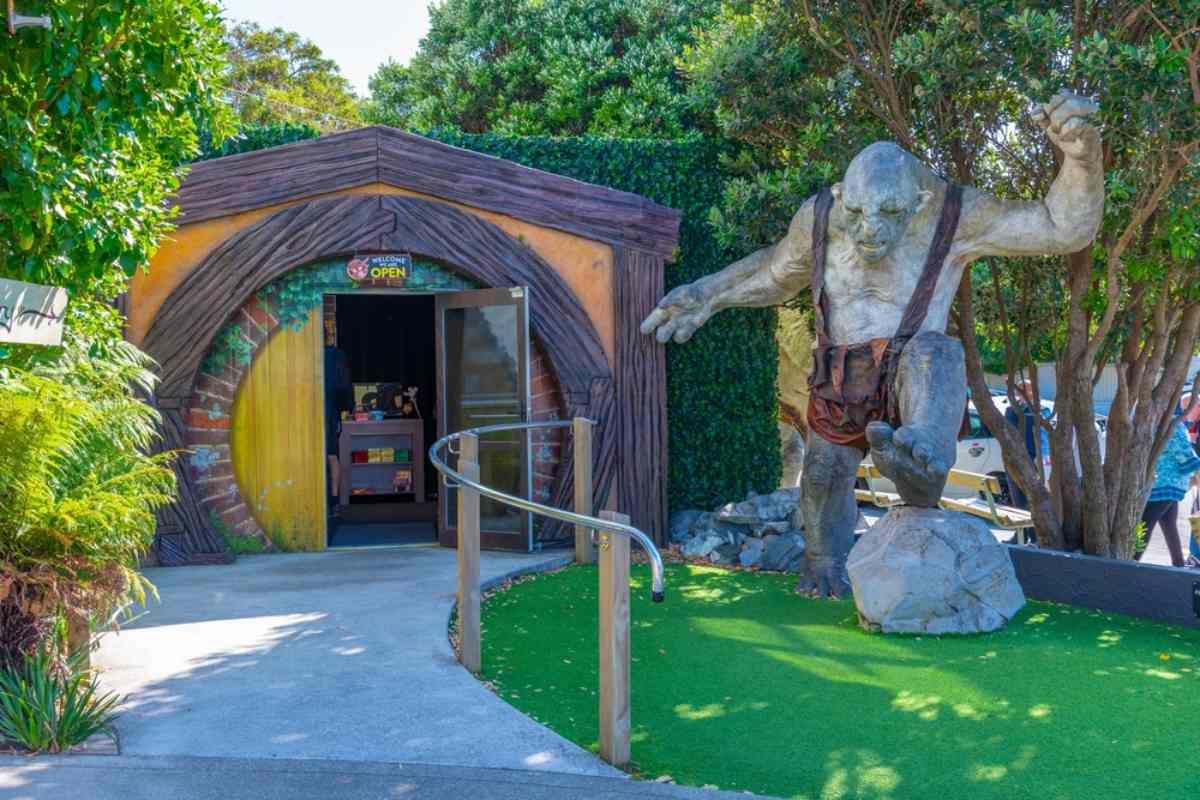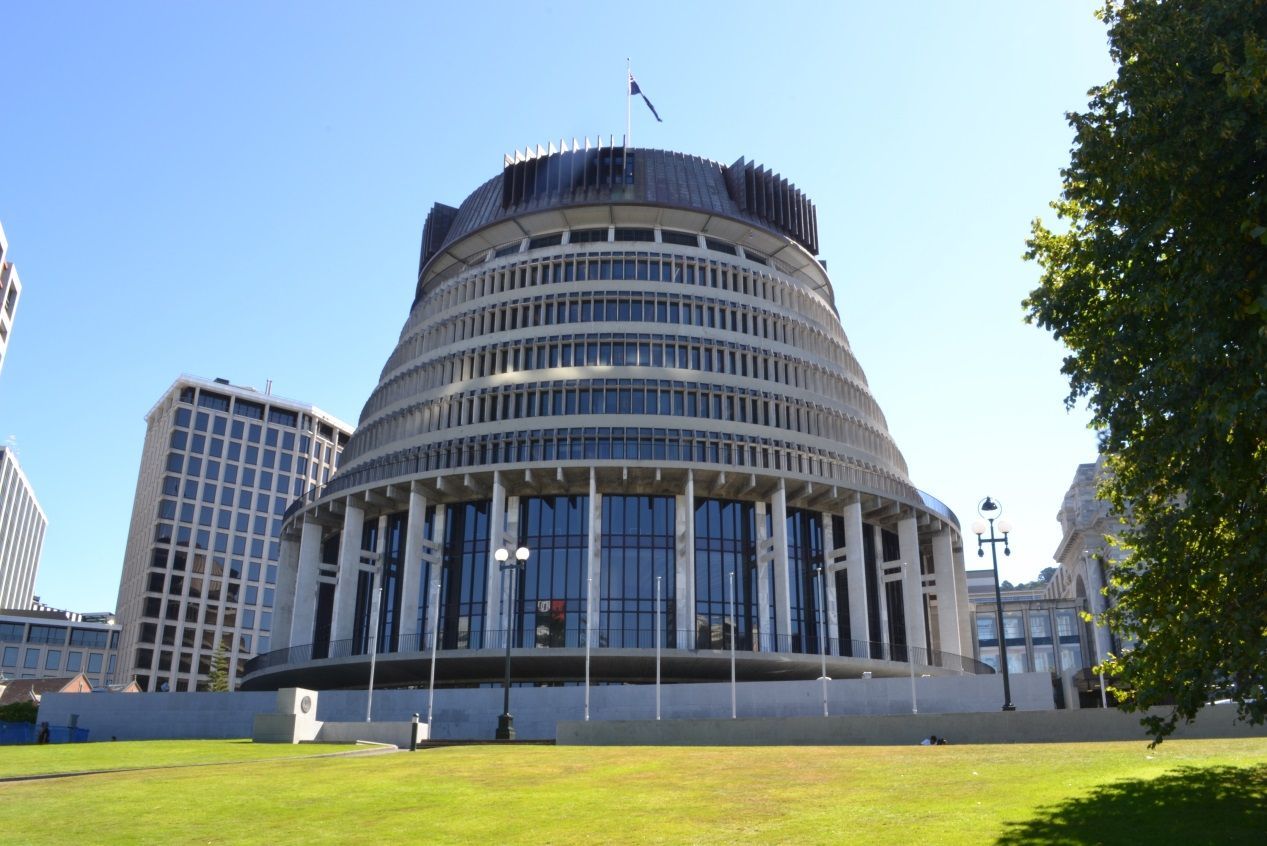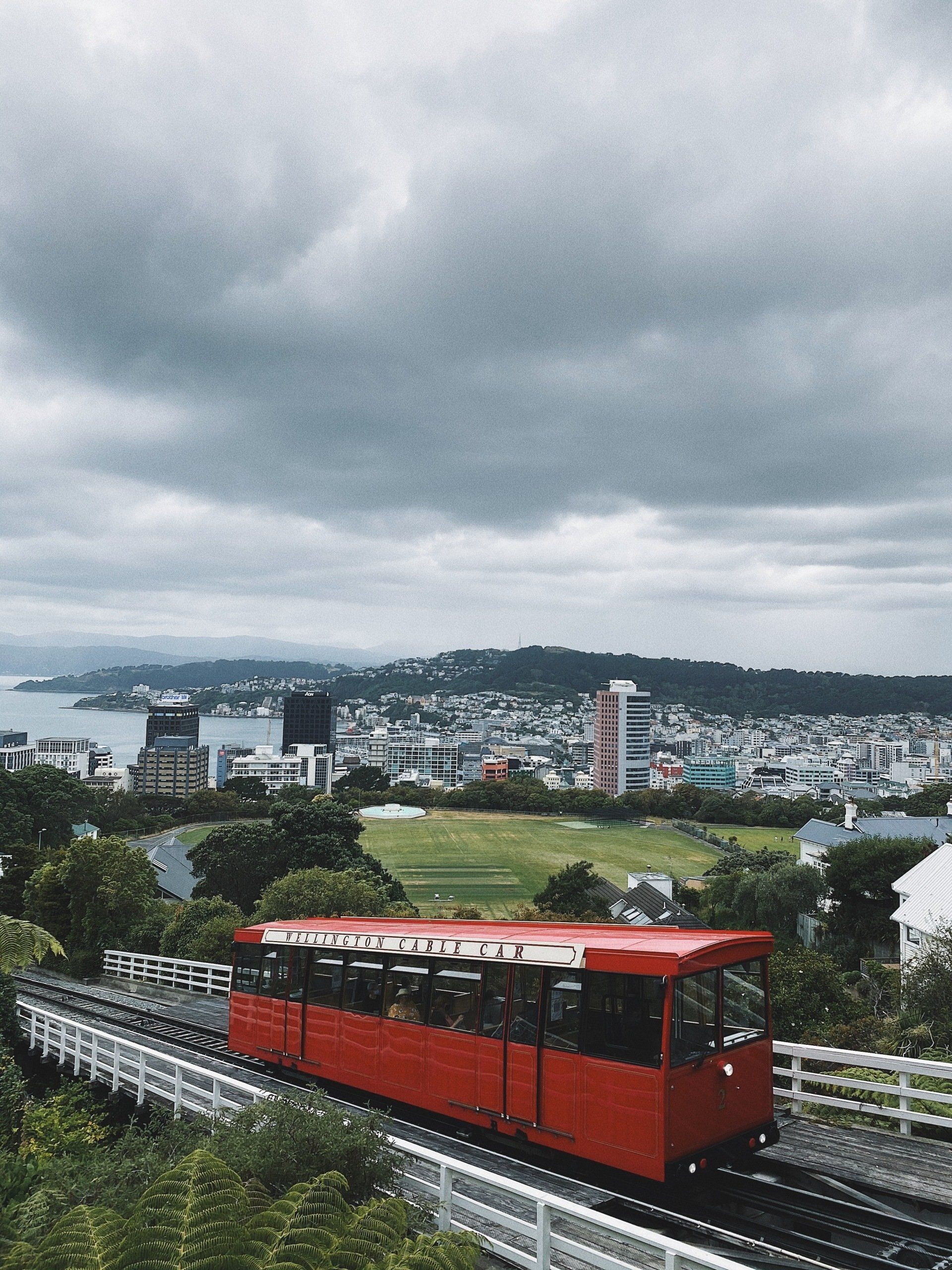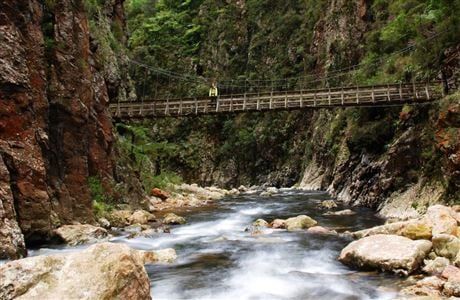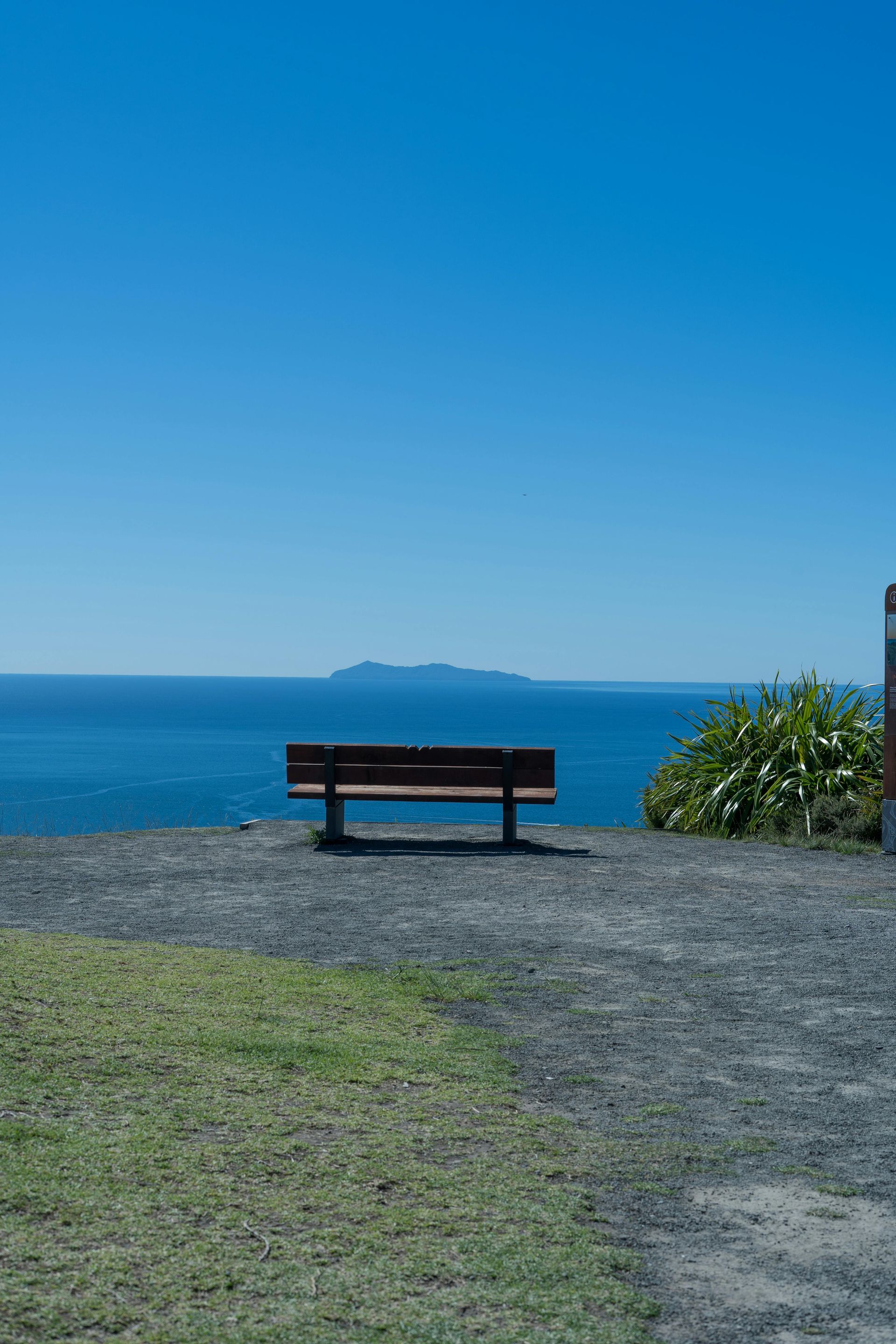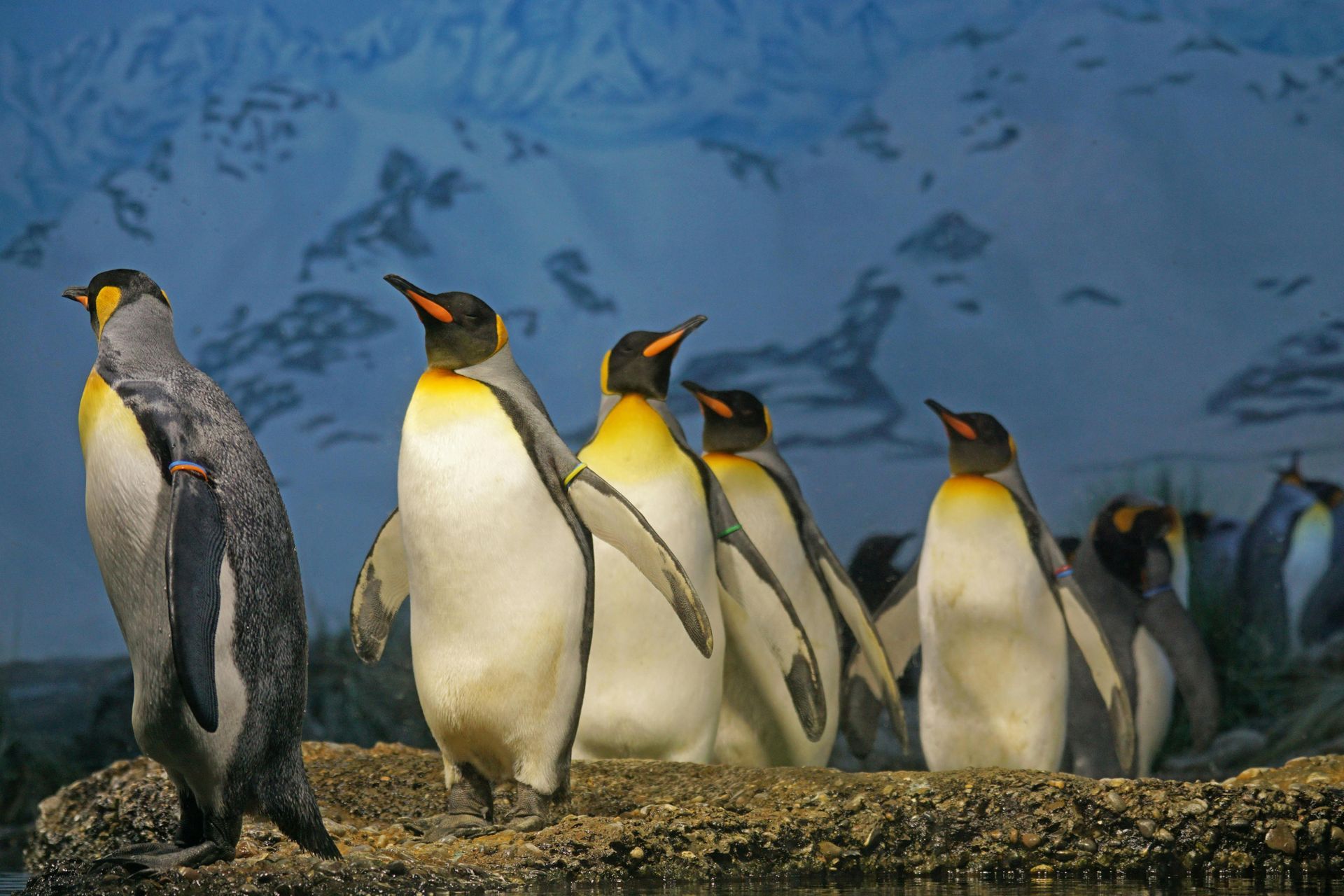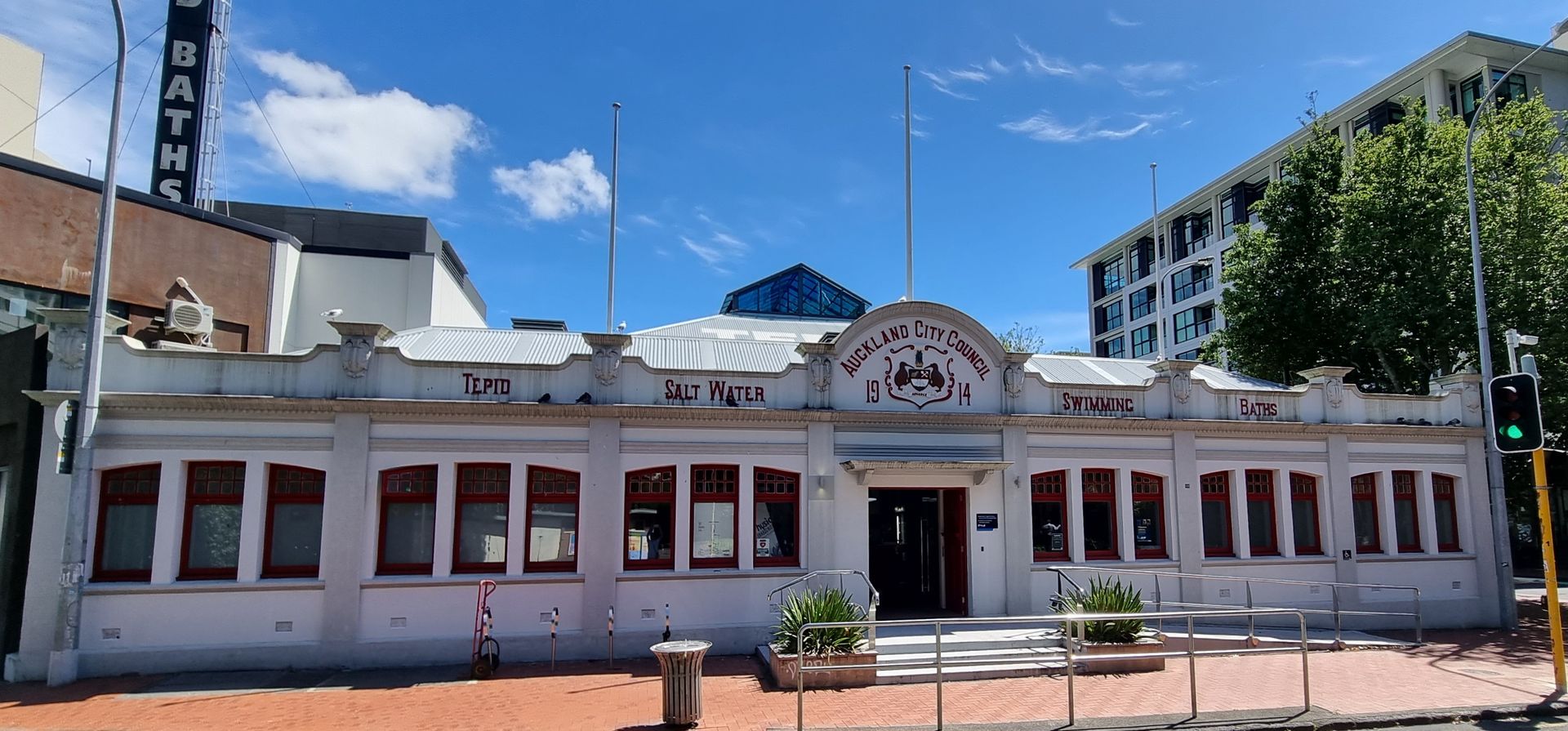The youngest volcano in New Zealand, Rangitoto Island.
Rangitoto Island: Auckland's Youngest Volcano
– A Botanical and Geological Wonder
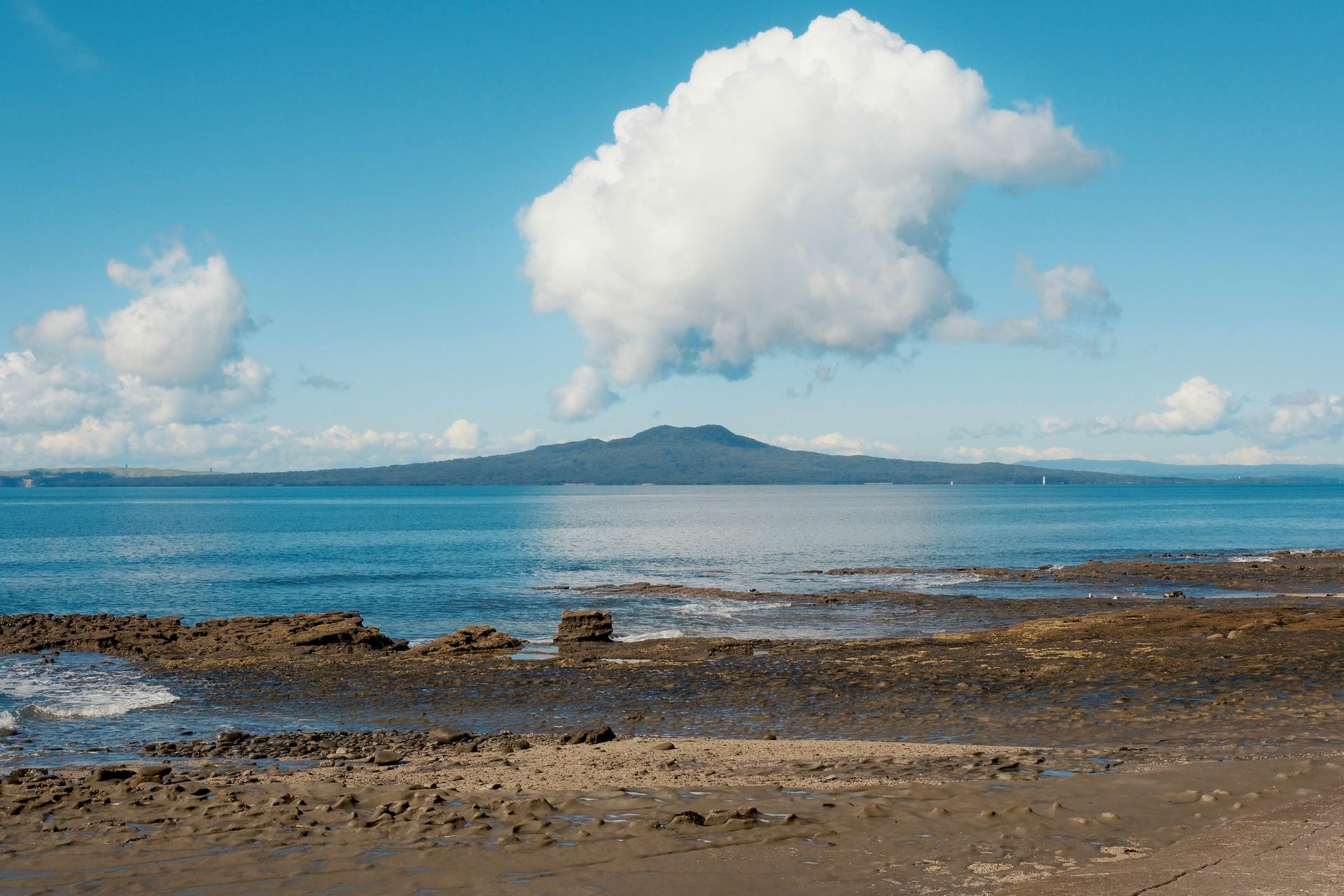
Auckland, New Zealand, is a city built on volcanoes. Dotted throughout the landscape are the cones and craters of the Auckland Volcanic Field, a reminder of the powerful forces that shape this region. But among these ancient volcanic remnants, one stands out: Rangitoto Island. This iconic island, visible from much of Auckland, isn't just beautiful – it's also New Zealand's youngest volcano, a geological baby in a land of ancient giants. This post explores the fascinating story of Rangitoto, from its fiery birth to its present-day status as a treasured conservation reserve and popular hiking destination.
A Fiery Birth – Surprisingly Recent:
Rangitoto emerged from the sea in a series of dramatic eruptions only about 600-700 years ago. In geological terms, this is incredibly recent. To put it in perspective, when Rangitoto was erupting, the Māori people had already been living in Aotearoa (New Zealand) for several centuries. Archaeological evidence suggests Māori witnessed the later stages of the eruption, and their oral traditions record the event.
The eruptions were primarily phreatomagmatic, meaning they involved the explosive interaction of magma and seawater. This created powerful explosions, sending ash and rock high into the air and building up the island's symmetrical cone. Later stages of the eruption involved lava flows, which created the extensive lava fields that surround the island.
A Unique Landscape – Lava Fields and Lush Forest:
Rangitoto's youth is evident in its landscape. Unlike the older, eroded volcanoes of the Auckland Volcanic Field, Rangitoto retains its classic cone shape. The island is dominated by rugged, black lava fields – a stark and beautiful reminder of its fiery origins. What's truly remarkable, however, is the forest that has colonized this seemingly inhospitable terrain. Rangitoto is home to the largest pōhutukawa forest in New Zealand. These hardy trees, famous for their vibrant red flowers in summer, have adapted to thrive on the thin, nutrient-poor soils of the lava fields. The contrast between the black lava and the green canopy (and red blooms in season) is stunning.
The island is also home to a diverse range of other native plants, including many species of ferns, orchids, and mosses. The unique microclimates created by the lava fields and the island's isolation have allowed a unique ecosystem to develop.
Pest-Free Sanctuary:
Rangitoto Island is a designated scenic reserve and is pest-free. This means that introduced mammals like rats, stoats, and possums, which have devastated native wildlife in much of New Zealand, have been eradicated from the island. This makes Rangitoto a haven for native birds, including the tūī, pūkeko, and the rare tieke (saddleback). The absence of mammalian predators also allows native invertebrates, such as the giant wētā, to thrive.
A Popular Destination – Hiking and History:
Rangitoto is a popular destination for both locals and tourists. A ferry service runs from downtown Auckland to the island, making it easily accessible.
The most popular activity is hiking to the summit. The summit track winds its way through the pōhutukawa forest and across the lava fields, offering stunning views of the Hauraki Gulf, Auckland city, and the surrounding volcanic landscape. The walk to the summit is the most direct route, but there are many interconnected tracks.
Along the way, hikers can explore lava caves – tunnels formed by flowing lava. It's important to note that exploring these caves requires caution and appropriate equipment (a good torch/flashlight is essential).
The island also has a rich human history. There is evidence of Māori occupation before and after the eruption, including archaeological sites and traditional stories. During World War II, Rangitoto was used as a military observation post, and remnants of this period can still be seen.
Protecting a Treasure:
Rangitoto Island is a taonga (treasure) – a unique geological and ecological wonder. Its conservation is crucial. Visitors are encouraged to:
- Stay on the tracks: This protects the fragile vegetation and prevents erosion.
- Take all rubbish with you: Leave no trace of your visit.
- Check your gear for pests: Before boarding the ferry, ensure your shoes, bags, and clothing are free of soil, seeds, and insects that could threaten the island's pest-free status.
- Respect the tapu (sacredness) of the island: Rangitoto is a place of significance to Māori, and visitors should treat it with respect.
Rangitoto Island is a powerful reminder of the dynamic forces that shape our planet and the resilience of life. It's a place where you can walk on a volcano that's younger than many historical buildings, explore a unique ecosystem, and connect with both the natural and cultural history of Aotearoa New Zealand.







